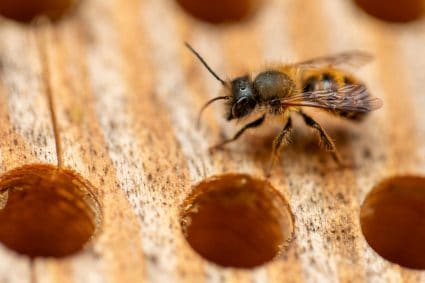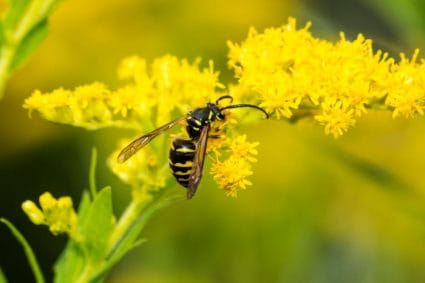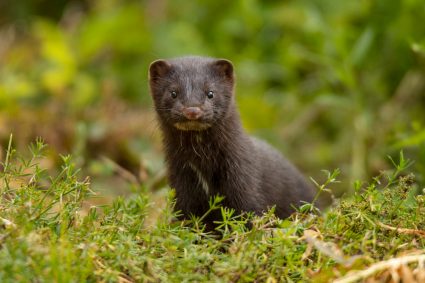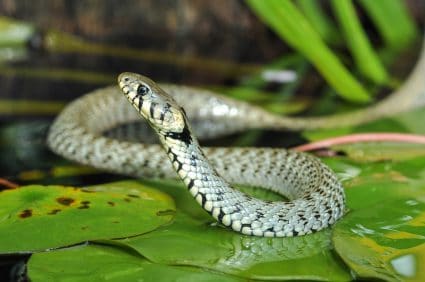
Coyotes and dogs share a common ancestry and belong to the Canis genus, but they are distinctly different animals with unique characteristics. This in-depth article will explore the key differences between coyotes and dogs, covering their physical attributes, behavioral traits, dietary habits, social structures, living environments, reproduction, and life cycles.
Coyotes and dogs are different in several ways. Physically, coyotes are generally smaller with golden eyes, lean bodies, large ears, and bushy tails, while dogs’ appearances vary greatly depending on breed. Behaviorally, coyotes are primarily nocturnal and known for their howling, while dogs exhibit a wide variety of behaviors, often following human patterns. Coyotes are true omnivores, consuming a variety of food items, while dogs’ diets often follow human patterns. Socially, coyotes live in family units and are generally monogamous, while dogs live with humans and form bonds with other animals. Coyotes inhabit open areas but are highly adaptable, while dogs live in a variety of habitats associated with humans. Finally, coyotes and dogs have different reproductive cycles and parental behaviors.
Physical Differences Between Coyotes and Dogs
Coyotes are generally smaller than domestic dogs, weighing between 15-50 pounds, while dogs can range from 5-150 pounds depending on the breed. Coyotes have golden eyes, lean bodies, large ears, and bushy tails, primarily brown, tan, and red. Domestic dogs, on the other hand, have a wide variety of appearances depending on their specific breed. Coyotes have longer muzzles, pointed faces, flatter foreheads, and bushier tails compared to domestic dogs.
Behavioral Traits: Coyotes vs. Dogs
Coyotes are primarily nocturnal animals, often active during twilight hours, while dogs generally follow the sleeping patterns of their human companions. Coyotes are known for their howling, a distinct difference from dogs. Dogs, being domesticated animals, have been bred for specific purposes and exhibit a wide variety of behaviors depending on their breed and individual temperament. They can be trained to respond to commands and exhibit desirable behaviors.
Dietary Habits of Coyotes and Dogs
Coyotes are true omnivores, consuming a wide variety of food items based on what’s available in their environment, from small mammals to insects and plant material. Domestic dogs, in contrast, are omnivores that consume both plant and animal-based foods, often following the dietary patterns of their human companions.
Social Structures and Behaviors
Coyotes typically live in family units consisting of an adult pair and their offspring, while domestic dogs live with humans and often form social bonds with other dogs and animals in their environment. Coyotes are generally monogamous, with pair bonds lasting for several years. Dogs, on the other hand, do not have a sexual “cycle” and can respond to females in heat at any time of the year.
Living Environments of Coyotes and Dogs
Coyotes primarily inhabit open areas such as prairies and deserts, but they are highly adaptable and can also be found in forests, grasslands, swamps, and even urban settings. Domestic dogs are found in association with humans worldwide and in a wide variety of habitats.
Reproduction and Life Cycles
Coyotes become sexually mature at around 12 months and usually breed between January and March, producing one litter per year. Dogs typically have two estrus or “heat” periods per year, each lasting about 2 to 3 weeks. Coyotes are generally monogamous and share parental responsibilities, while dogs do not exhibit the same level of parental care.
Coydogs: The Offspring of Coyotes and Dogs
Coyotes and domestic dogs can interbreed, producing offspring known as coydogs. These are rare due to the mismatched breeding seasons of coyotes and domestic dogs. Coydogs can vary in appearance, depending on the breed of the domestic dog involved in their breeding.
In conclusion, while coyotes and dogs share some similarities due to their common ancestry, they differ significantly in various aspects. Understanding these differences can provide insights into their unique behaviors, traits, and adaptations, contributing to a greater appreciation of their roles in the ecosystem.
Frequently Asked Questions
What is the lifespan of a coyote in the wild?
Coyotes typically live between 6 to 8 years in the wild. However, they can live up to 14 years in captivity.
Can domestic dogs communicate with coyotes?
While dogs and coyotes share a common language of body signals, their vocal communication is different. Dogs may not fully understand or appropriately respond to coyote vocalizations and vice versa.
What are the common diseases that coyotes can transmit to dogs?
Coyotes can transmit diseases to dogs such as rabies, distemper, parvovirus, and canine hepatitis. They can also transmit parasites like ticks, fleas, and mites.
Can coyotes be domesticated like dogs?
While coyotes can be tamed to a certain degree, they are not domestic animals and exhibit wild behaviors. They do not have the same level of adaptability to human environments and lifestyles as domestic dogs.
Are coyotes dangerous to humans?
Coyotes generally avoid humans. However, they can pose a threat if they are sick or feel threatened. It’s important to maintain distance and avoid feeding or trying to interact with wild coyotes.












